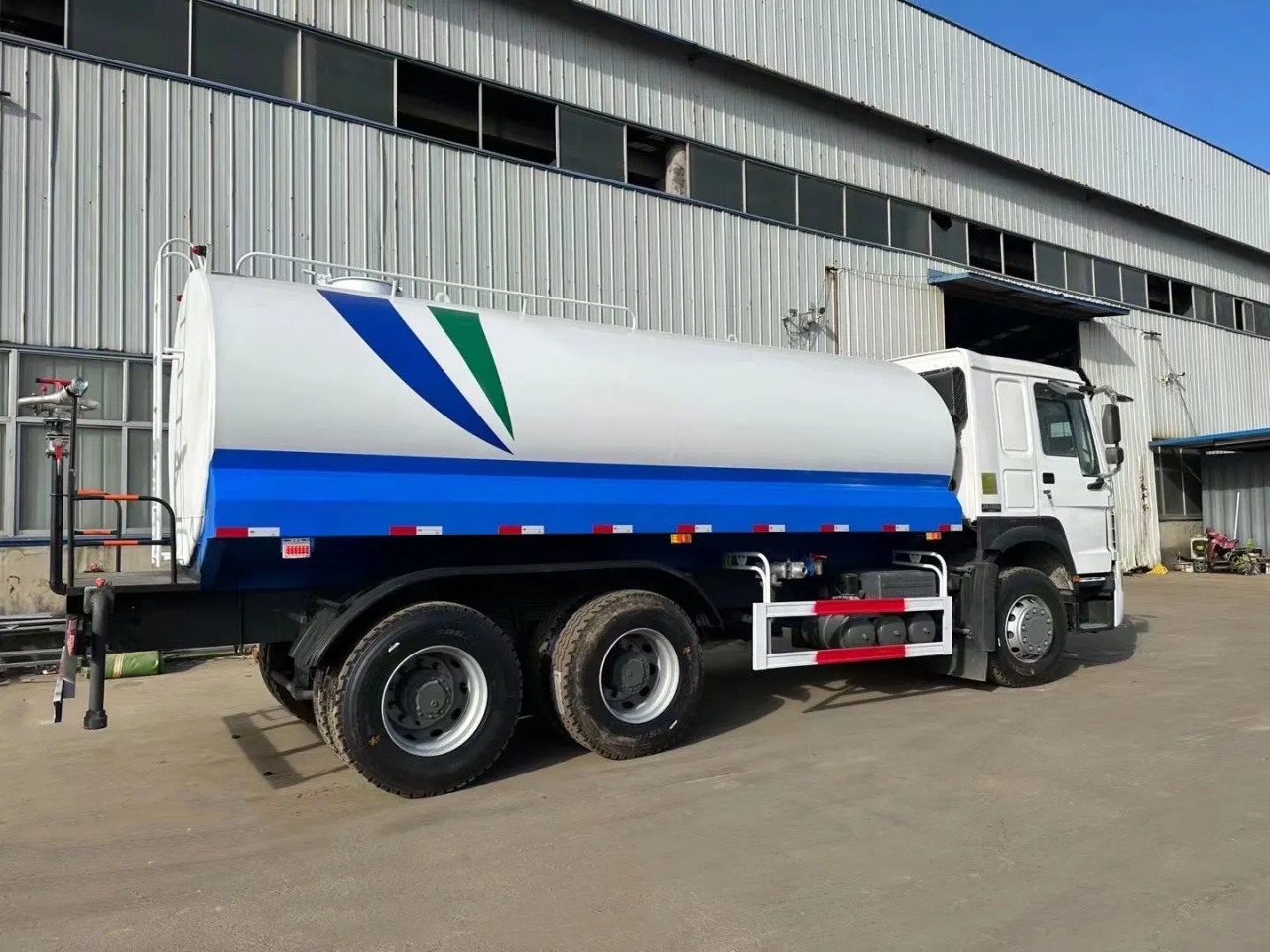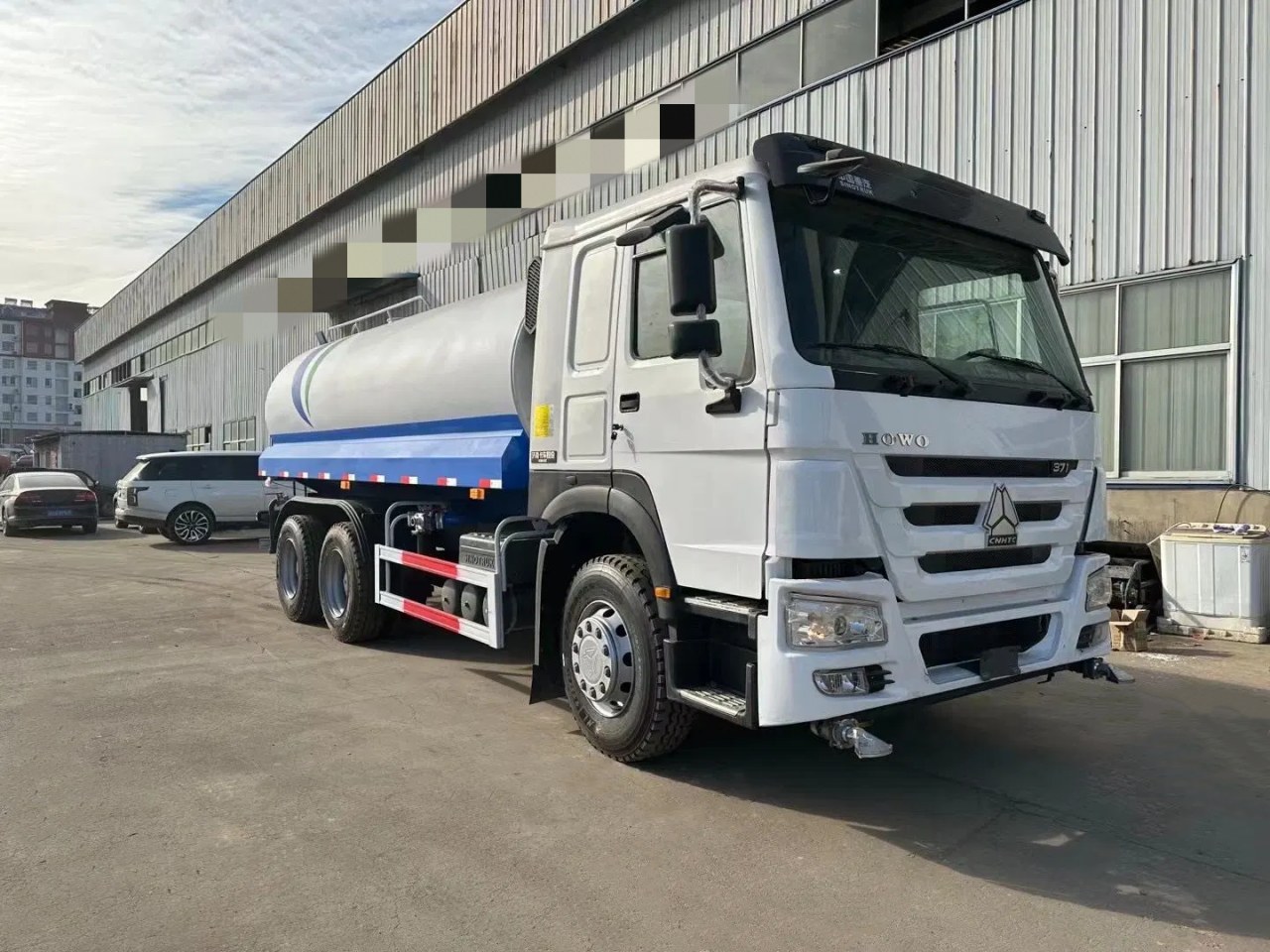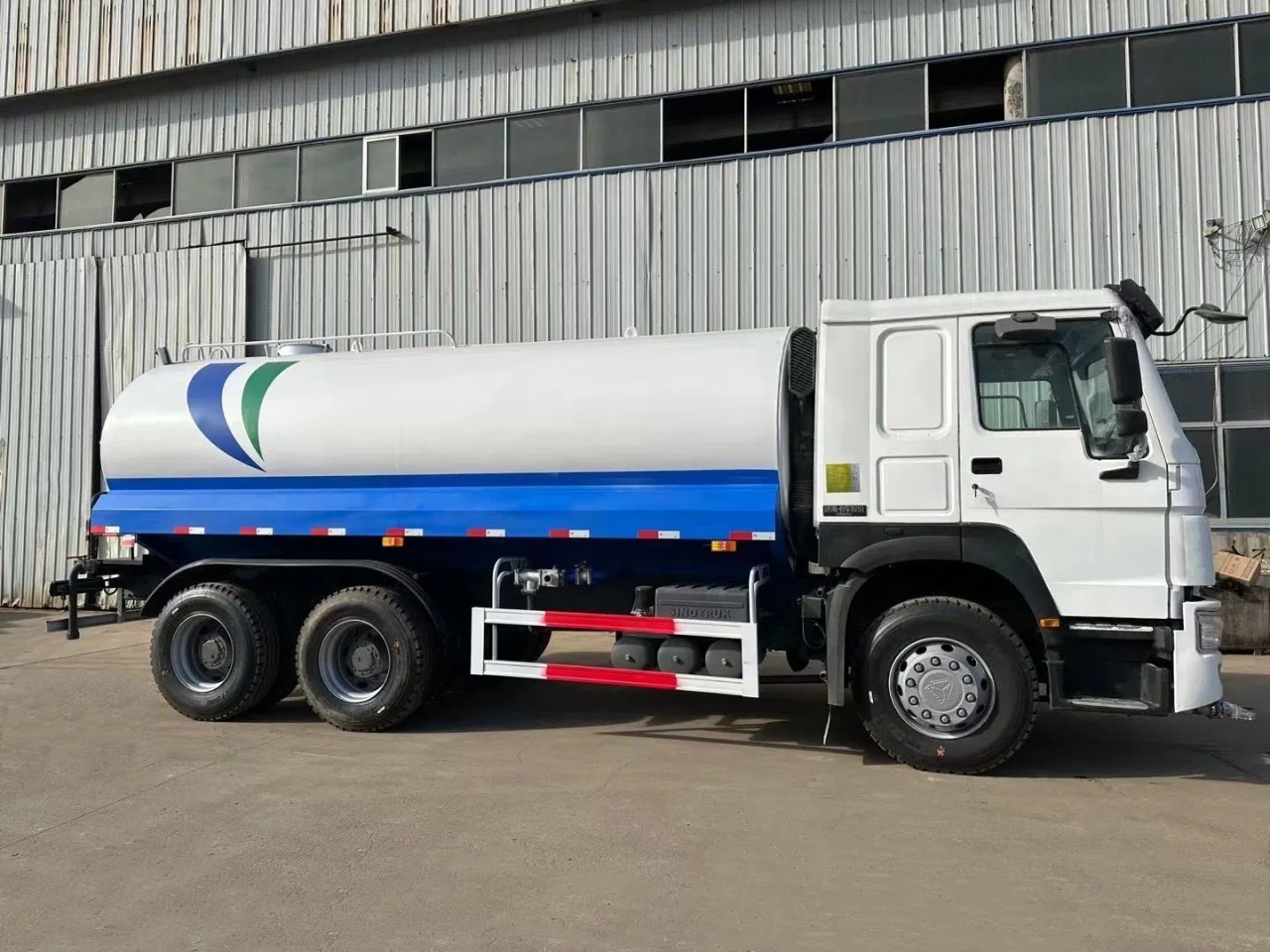Water trucks are essential vehicles used in a wide range of industries and applications, from construction and mining to agriculture and firefighting. They are designed to transport and distribute large volumes of water efficiently. One of the most common questions regarding water trucks is: How many litres of water can a water truck hold? The answer varies depending on the size and design of the truck, as well as its intended use. This article explores the different capacities of water trucks, the factors influencing their size, and how to determine the right truck for specific needs.
Understanding Water Truck Capacities
Water truck capacity is typically measured in litres (L) or gallons, with the capacity directly related to the size of the tank mounted on the truck. Water trucks come in a wide range of sizes, from small vehicles used for landscaping or municipal street cleaning to large off-road trucks used in mining operations.
Small Water Trucks (2,000 – 6,000 Litres)
Small water trucks are generally built on light-duty or medium-duty chassis and are commonly used in urban environments. These trucks usually carry between 2,000 and 6,000 litres of water. They’re ideal for jobs like:
- Dust suppression on small construction sites
- Irrigating roadside greenery
- Filling small water tanks
- Residential use or emergency water delivery
These trucks are compact, maneuverable, and cost-effective, making them suitable for local governments, small contractors, or farmers with limited water transport needs.
Medium Water Trucks (8,000 – 16,000 Litres)
Medium-sized water trucks typically have tanks ranging from 8,000 to 16,000 litres. They are often mounted on heavy-duty truck chassis and used in more demanding environments such as:
- Large construction projects
- Agricultural operations
- Road maintenance and street washing
- Industrial site support
They strike a balance between capacity and maneuverability, offering enough volume for extended tasks while still being legal to operate on most public roads without special permits.
Large Water Trucks (20,000 – 30,000+ Litres)
Large water trucks are commonly used in heavy-duty applications and are often seen on mining sites, large-scale agricultural operations, and major construction zones. These trucks can hold 20,000 to over 30,000 litres of water. In off-road environments, some ultra-class mining water trucks can even exceed 100,000 litres, though these are specialized vehicles.
Large-capacity trucks are equipped with reinforced frames and powerful engines to support the heavy loads. They may also include multiple spray bars, high-pressure hoses, and pumping systems for effective water delivery over wide areas.
Factors Influencing Water Truck Capacity
The amount of water a truck can carry depends on several factors, including:
1. Truck Chassis and Axle Configuration
The truck’s gross vehicle weight rating (GVWR) determines how much weight it can legally and safely carry, including the tank, water, and other equipment. A truck’s axle configuration—such as 4×2, 6×4, or 8×4—also affects its load-bearing capability. More axles generally mean greater capacity.
2. Tank Size and Design
The dimensions of the tank are a direct indicator of water capacity. Tanks are often constructed from materials like steel, aluminum, or polyethylene and are designed to withstand the weight of water (1 litre = 1 kg). Baffles are installed inside the tanks to reduce water movement during transport, enhancing stability and safety.
3. Road Regulations and Licensing
Road laws can limit the size and weight of water trucks that can be legally operated on public roads. For instance, a truck carrying 20,000 litres of water may require special permits, depending on local regulations. Off-road trucks used in mining are often exempt from such limits.
4. Purpose and Application
Different applications require different capacities. A mining company may need a 30,000-litre off-road truck for dust suppression, while a city park service might only need a 5,000-litre vehicle for irrigation. Choosing the right capacity depends on usage frequency, distance traveled, and water consumption rates.
Calculating Water Volume and Weight
Water has a density of approximately 1 kg per litre, which means that a 10,000-litre water tank carries around 10 metric tons (10,000 kg) of water. When combined with the weight of the tank and truck itself, this can significantly impact the overall load. Operators must ensure that their truck’s specifications match the weight they plan to carry, or they risk damaging the vehicle or violating safety regulations.
Here is a quick reference guide:
| Litres of Water | Approximate Weight (kg) | Typical Truck Class |
|---|---|---|
| 3,000 L | 3,000 kg | Light-duty |
| 8,000 L | 8,000 kg | Medium-duty |
| 16,000 L | 16,000 kg | Heavy-duty |
| 30,000+ L | 30,000+ kg | Extra heavy-duty / Off-road |
Examples of Water Truck Models and Their Capacities
To provide a clearer picture, here are some common models and their typical capacities:
- Isuzu FVR Water Truck – approx. 10,000 litres
- HOWO 6×4 Water Tanker – approx. 20,000 litres
- Freightliner M2 Water Truck – approx. 13,000 litres
- Caterpillar 777 Water Truck (off-road) – 95,000 litres or more
These trucks are equipped with a variety of features such as front and rear sprayers, side nozzles, water cannons, and high-powered pumps, tailored to different use cases.
Conclusion
So, how many litres of water can a water truck hold? The answer ranges broadly, from 2,000 litres for small municipal trucks to 30,000 litres or more for large industrial or off-road vehicles. The capacity of a water truck depends on its chassis type, tank size, intended application, and regulatory constraints.
Choosing the right water truck involves balancing capacity with functionality, operating environment, and transport regulations. Whether you’re watering roadside vegetation or suppressing dust in a massive quarry, there is a water truck designed to meet your specific needs.




